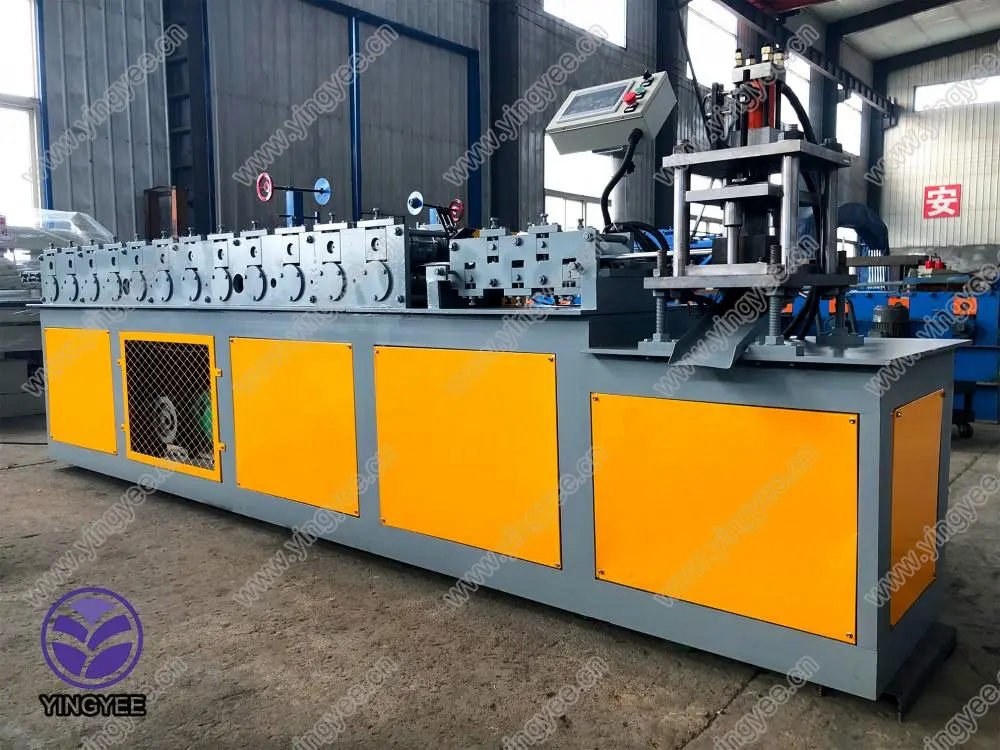
An Overview of Color Steel Coils PPGI and Their Standards
Color steel coils, specifically Pre-Painted Galvanized Iron (PPGI), have become increasingly popular in various industrial applications due to their excellent durability, aesthetic appeal, and versatility. These coils are made by coating steel sheets with a layer of galvanized zinc followed by a layer of high-quality polymer paint. The result is a product that not only resists rust and corrosion but also offers an array of colors and finishes suitable for different architectural and manufacturing needs.
Manufacturing Process of PPGI
The manufacturing process of PPGI involves several steps. First, steel sheets are dipped into a molten zinc bath to create a galvanized layer that provides corrosion resistance. Afterward, these sheets undergo cleaning and surface preparation to ensure optimal adhesion of the paint. The next stage involves applying a primer coat followed by one or more top coats of paint, which can be customized to various colors and finishes. The entire process is completed with curing, which enhances the durability and gloss of the paint.
Advantages of PPGI
One of the primary advantages of PPGI is its resistance to harsh weather conditions. The galvanized layer acts as a barrier against moisture, while the paint layer protects against UV rays, thereby preventing fading and degradation over time. Additionally, PPGI is lightweight, which makes it easier to transport and install compared to traditional steel products. Its aesthetic versatility allows architects and designers to choose from a wide range of colors and textures, making it suitable for applications in residential, commercial, and industrial buildings.
Standards and Quality Assurance

To ensure the quality and safety of PPGI products, various international standards are applied, such as ASTM (American Society for Testing and Materials), AISI (American Iron and Steel Institute), and GB (National Standards of the People's Republic of China). These standards set specifications for the material composition, coating thickness, adhesion, impact resistance, and other mechanical properties of PPGI.
- ASTM Standards ASTM provides guidelines on the testing methods and performance characteristics of steel products. Specifically, ASTM A755 outlines the requirements for metallic-coated steel sheets for building applications, including PPGI. - AISI Standards AISI promotes the use of steel and provides specifications on steel products that meet stringent quality criteria. By adhering to AISI standards, manufacturers can ensure their PPGI products are robust and reliable. - GB Standards The GB standards specifically cater to the Chinese market, setting forth the quality and safety requirements for galvanized steel products, including PPGI. Compliance with GB standards assures customers of the product's quality and performance.
Applications of PPGI
PPGI is widely used in several sectors due to its blend of functionality and aesthetics. Common applications include roofing sheets, wall panels, car bodies, appliances, and various household products. In construction, PPGI provides builders and architects with durable and visually appealing materials that enhance the overall look of structures while ensuring longevity.
Conclusion
In summary, color steel coils, particularly PPGI, are an innovative solution in the realm of construction and manufacturing. With their robust features, coupled with adherence to international standards like ASTM, AISI, and GB, PPGI products stand out for their quality and reliability. As technology continues to advance, we can expect further enhancements in coatings and finishes, making PPGI an even more attractive choice for numerous applications. By prioritizing both aesthetics and durability, PPGI plays a crucial role in shaping the future of modern architecture and industry.